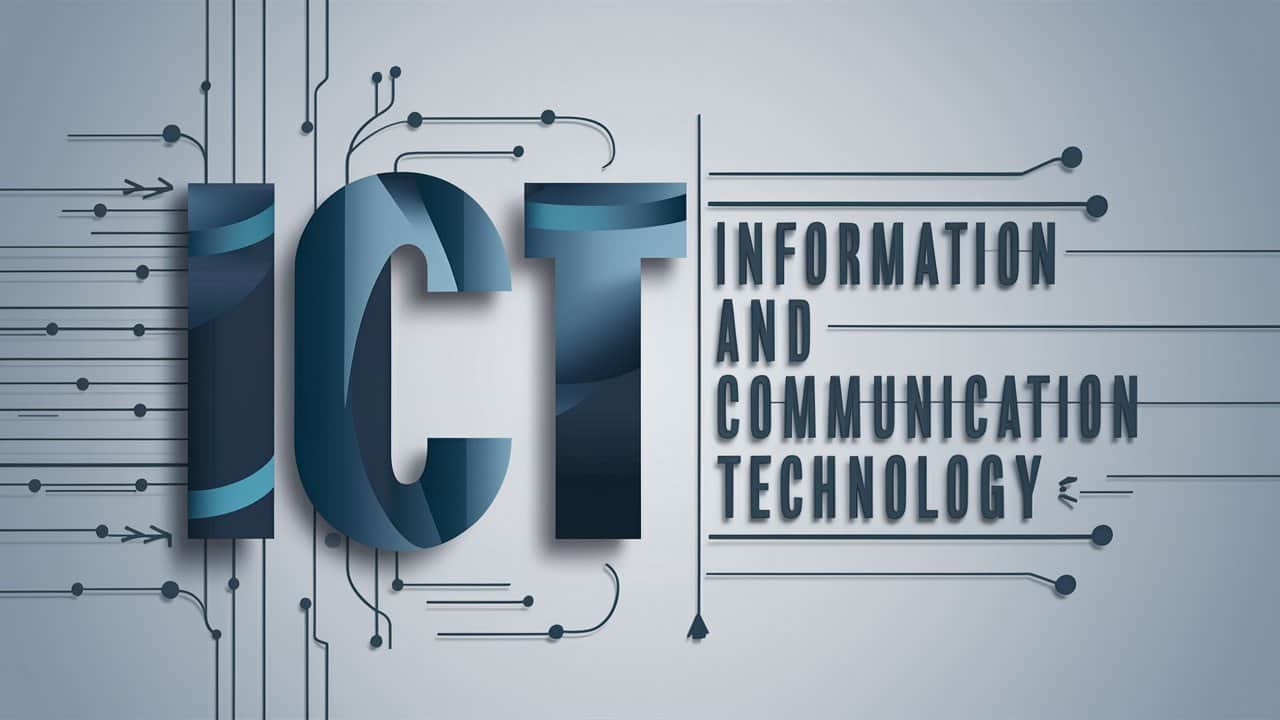Introduction to Python: Unleashing Your Coding Potential
In the ever-evolving landscape of technology, Course on Python Programming has emerged as a powerhouse of versatility, efficiency, and innovation. At TechRadiance, we understand that learning Python is more than just acquiring a skill—it’s about unlocking a world of endless possibilities in software development, data science, artificial intelligence, and beyond.
Why Python? The Language of Modern Innovation
Python stands out as a premier programming language that offers unparalleled advantages for both beginners and seasoned professionals. Its clean, readable syntax makes it incredibly accessible, while its robust capabilities support complex computational tasks across multiple domains. From web development to machine learning, Python provides the tools and flexibility needed to transform innovative ideas into reality.
Key Advantages of Python Programming
- Simplicity and Readability: Python’s syntax closely resembles natural language, making it easier to learn and understand compared to other programming languages.
- Extensive Library Ecosystem: With libraries like NumPy, Pandas, and TensorFlow, Python offers pre-built solutions for complex programming challenges.
- Cross-Platform Compatibility: Python runs seamlessly across different operating systems, providing developers with ultimate flexibility.
Foundational Concepts in Python Programming
Understanding Python’s Core Architecture
Python’s architecture is designed to prioritize developer productivity and code readability. The language supports multiple programming paradigms, including:
- Procedural programming
- Object-oriented programming
- Functional programming
Essential Python Data Structures
Mastering Python requires a deep understanding of its fundamental data structures:
- Lists: Mutable, ordered collections allowing dynamic modifications
- Tuples: Immutable sequences for storing unchangeable data
- Dictionaries: Key-value pair structures enabling efficient data mapping
- Sets: Unordered collections supporting unique element storage
Advanced Python Programming Techniques
Object-Oriented Programming in Python
Object-oriented programming (OOP) represents a cornerstone of sophisticated Python development. By utilizing classes and objects, developers can create modular, reusable code that enhances project scalability and maintenance.
Key OOP Concepts
- Inheritance
- Encapsulation
- Polymorphism
- Abstraction
Functional Programming Paradigms
Python’s functional programming capabilities allow developers to write more concise and efficient code. Higher-order functions, lambda expressions, and list comprehensions enable sophisticated data manipulation techniques.
Practical Applications of Python Programming
Data Science and Machine Learning
Python has revolutionized data science by providing powerful libraries like:
- Scikit-learn for machine learning
- Matplotlib for data visualization
- TensorFlow for deep learning implementations
Web Development Frameworks
Frameworks such as Django and Flask empower developers to build robust, scalable web applications with minimal complexity.
Learning Strategies for Python Mastery
Recommended Learning Path
- Master the Basics: Start with fundamental syntax and programming constructs
- Practice Consistently: Develop projects that challenge and expand your skills
- Explore Advanced Topics: Gradually incorporate complex programming concepts
- Join Community Platforms: Engage with fellow developers through forums and coding communities
Industry Relevance and Career Opportunities
Python’s widespread adoption across technology sectors ensures promising career prospects for skilled programmers. Industries ranging from finance to healthcare continually seek Python experts to drive technological innovation.
Potential Career Paths
- Data Scientist
- Machine Learning Engineer
- Software Developer
- DevOps Engineer
- Artificial Intelligence Specialist
Debugging and Error Handling: Mastering Python’s Diagnostic Tools
Effective error management is a critical skill for Python programmers. Python provides robust mechanisms for identifying, handling, and resolving programming errors through comprehensive debugging techniques.
Advanced Debugging Strategies
- Exception Handling Techniques Python’s try-except blocks offer sophisticated error management:
- Logging and Monitoring Professional Python developers utilize logging modules to track application behavior:
Performance Optimization Techniques
Python performance tuning involves multiple strategies:
- Code Profiling: Identifying bottlenecks using
cProfile - Memory Management: Understanding garbage collection
- Algorithmic Efficiency: Choosing optimal data structures
- Utilizing Built-in Functions: Leveraging Python’s optimized core functions
Emerging Python Trends
Artificial Intelligence Integration
Python continues to dominate AI and machine learning landscapes, with ongoing developments in:
- Neural network architectures
- Natural language processing
- Computer vision technologies
Cloud Computing Compatibility
Major cloud platforms like AWS, Google Cloud, and Azure provide extensive Python support, enabling seamless deployment of scalable applications.
Continuous Learning Ecosystem
Recommended Resources
- Online Learning Platforms
- Interactive Coding Challenges
- Open-Source Project Contributions
- Technical Conferences and Webinars
Certification Paths
- Python Institute Certifications
- Microsoft Python Certifications
- Academic Research Collaborations
Conclusion: Your Python Programming Journey Begins
Embarking on a Course on Python Programming represents more than acquiring technical skills—it’s about joining a global community of innovative problem-solvers. With dedication, practice, and continuous learning, you can transform your coding potential into extraordinary technological achievements



